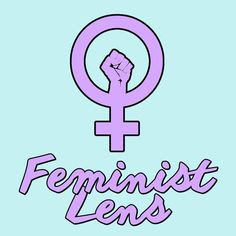Feminist Criticism - The Great Gatsby
The Great Gatsby
is a classic, timeless piece of American literature that depicts what life was
like in the nineteen twenties, and carries with it a number of important
themes. Fitzgerald was known for writing about love and The American Dream.
However, it requires further examination, especially through the feminist lens,
in order to understand how Fitzgerald crafted the women in his novel/his
intentions.
In this piece, Fitzgerald describes the female characters in
unsympathetic ways that make them seem like vulgar, annoying liars. Jordan
Baker, a jaunty golfer, is known for having covered up a cheating scandal during
one of her tournaments that almost surfaced to the public if she hadn’t made
some payments to hush those involved. Myrtle Wilson’s overt sexuality and “unladylike”
behavior, such as her immodest apparel, public drinking, and extramarital
affair, cause her to be the representation of the vulgarity of the New Woman, which
is confirmed in her comment about her trip to Monte Carlo: “We had over twelve
hundred dollars when we started but we got gypped out of it all in two days in
the private rooms. We had an awful time getting back, I can tell you. God, how I
hated that town!” (Fitzgerald 38). Daisy Buchanan, characterized as a spoiled,
careless brat, kills Myrtle and flees to a different state rather than
expressing her concern and guilt. She toys with Gatsby’s feelings throughout
the novel, promising to leave her husband for him, but evidently all she wanted
was the extra attention.
By contrast, the men in The
Great Gatsby are described more sympathetically – as if it’s only the women
who do wrong and get condemned for it. Sober
Mr. McKee simply deals with his wife’s drunkenness at Myrtle and Tom’s party
patiently. Mr. Wilson, a hardworking individual, devotes himself to his wife to
give her as much as she can, yet she goes behind his back and cheats on him,
leaving him heartbroken and depressed. Tom Buchanan never gets into any form of
trouble regarding his affair, yet Daisy’s affair threatens all relationships
she has, implying that it is acceptable for men to cheat but not for women. As
stated by Lois Tyson, “thus it is these women’s violation of patriarchal gender
roles…that elicits the novel’s condemnation."
These are just a few, general examples of the way Fitzgerald crafts the characters in his text in relation to their genders, as I examine them through the feminist lens. There are a multitude of other lenses to look at this great story through, each revealing something new about the piece. I suggest you take a loot at some!







This was really interesting and insightful! I like how you used a lot of quotes and evidence to support your argument.. I agree that the women are portrayed in a harsher light than the men which kind of reveals Fitzgerald's own perceptions.
ReplyDeleteI love the fact that you include so much evidence that is presented in your own voice. You really look deep into the examples and reveal Fitzgerald's intentions.
ReplyDelete